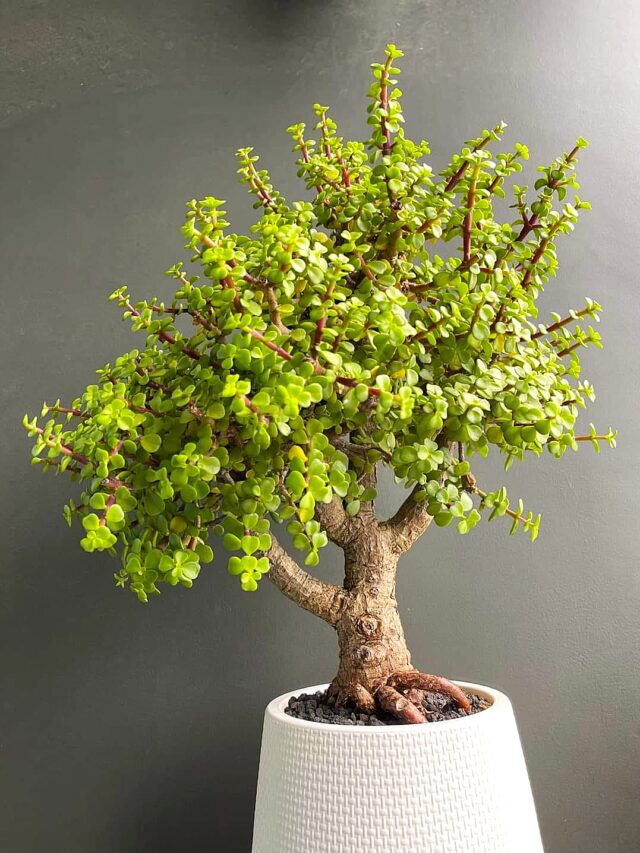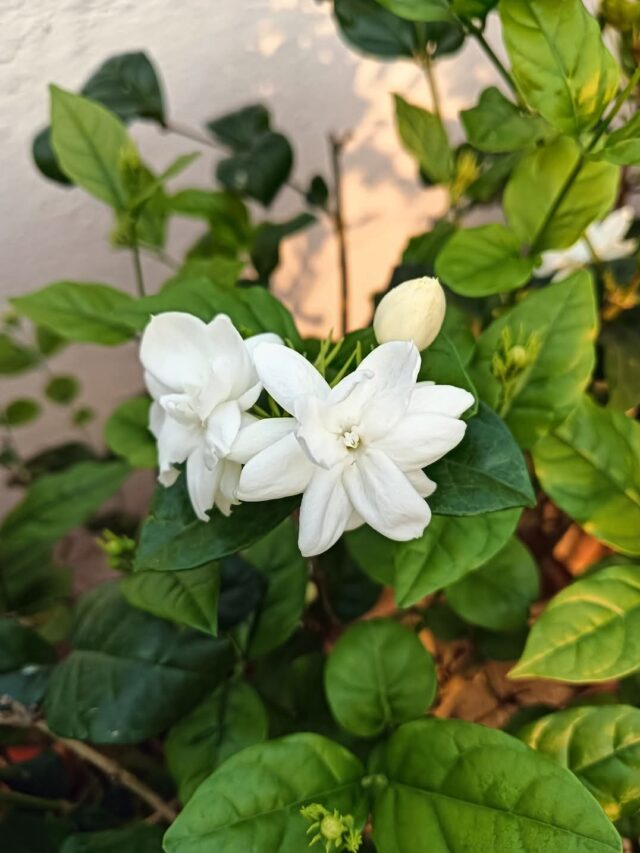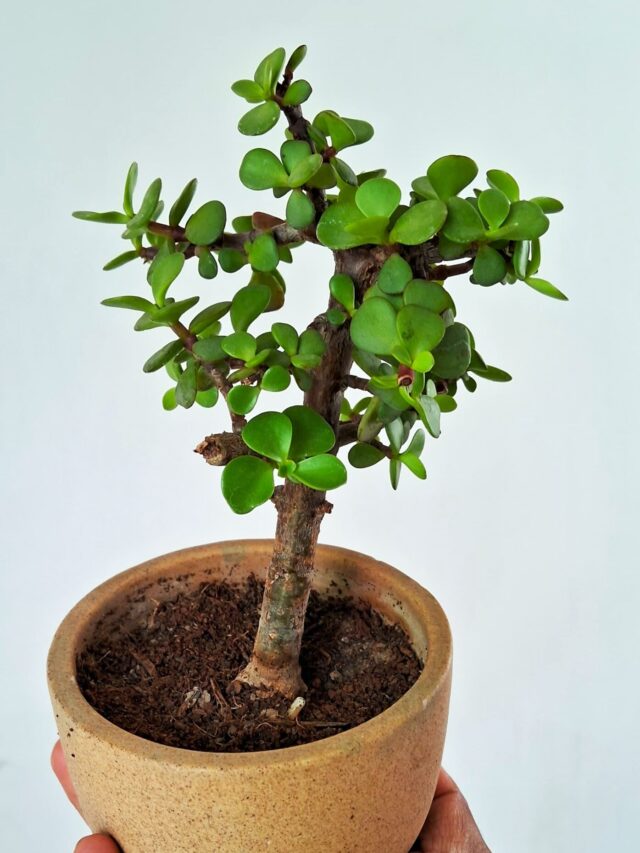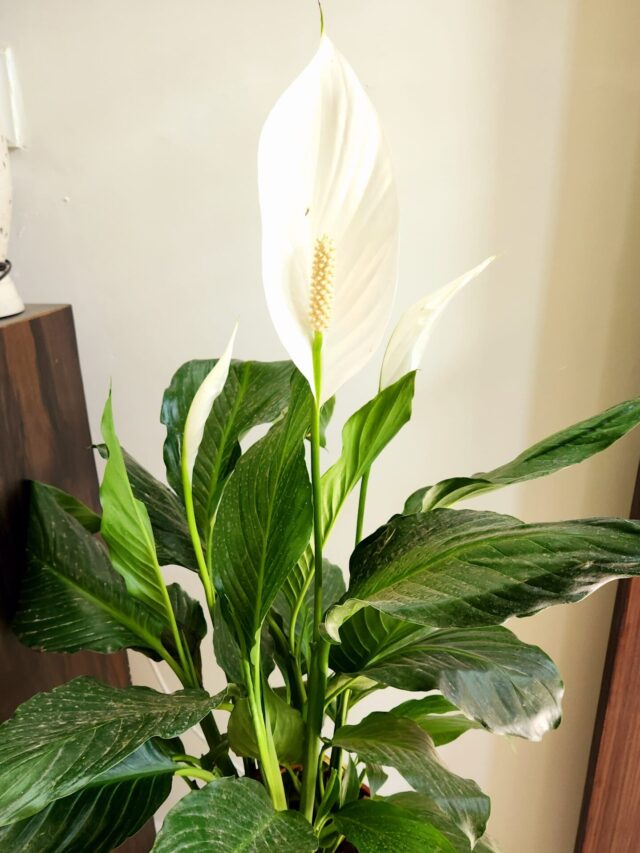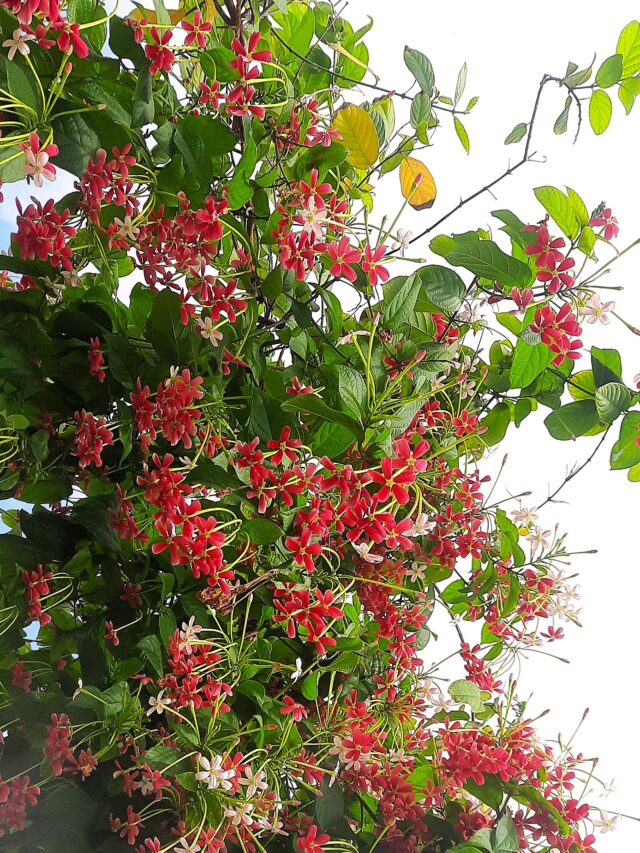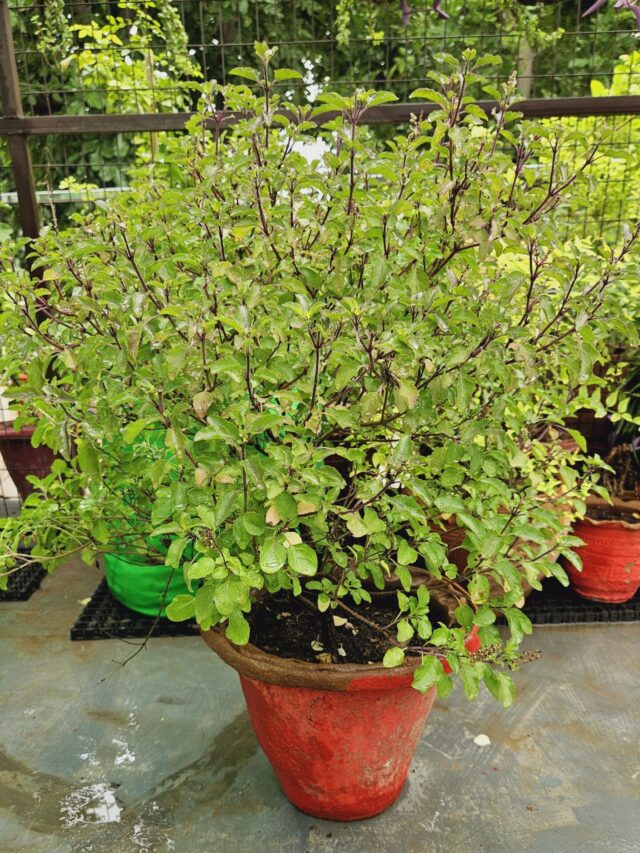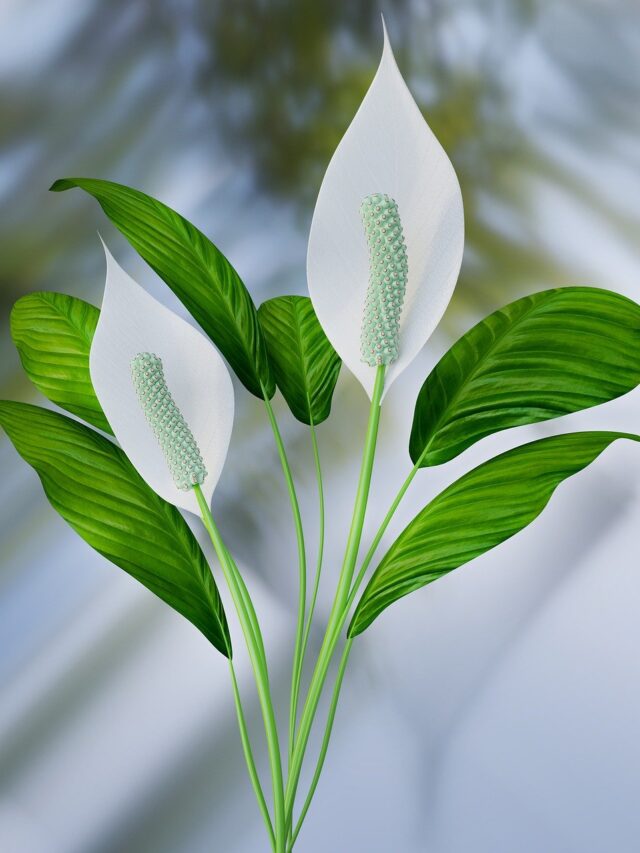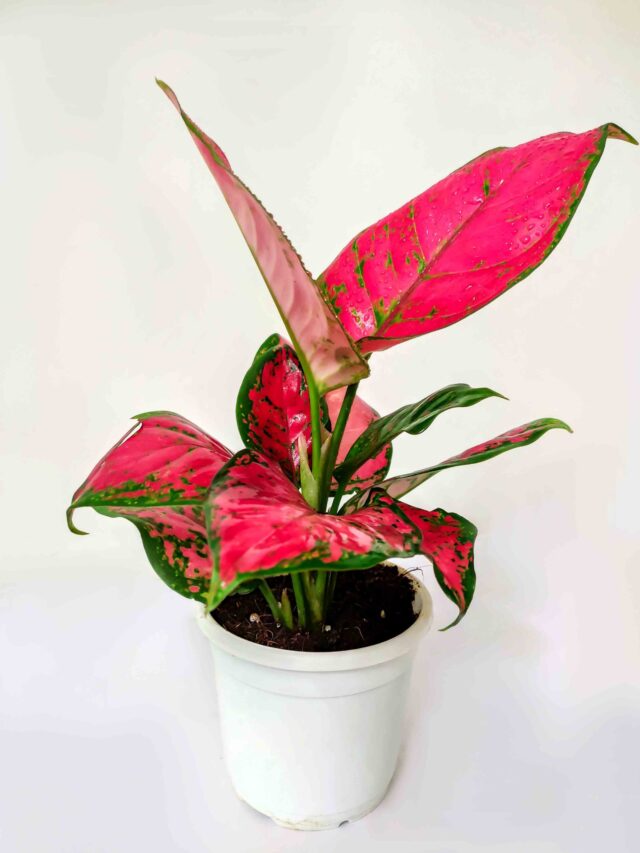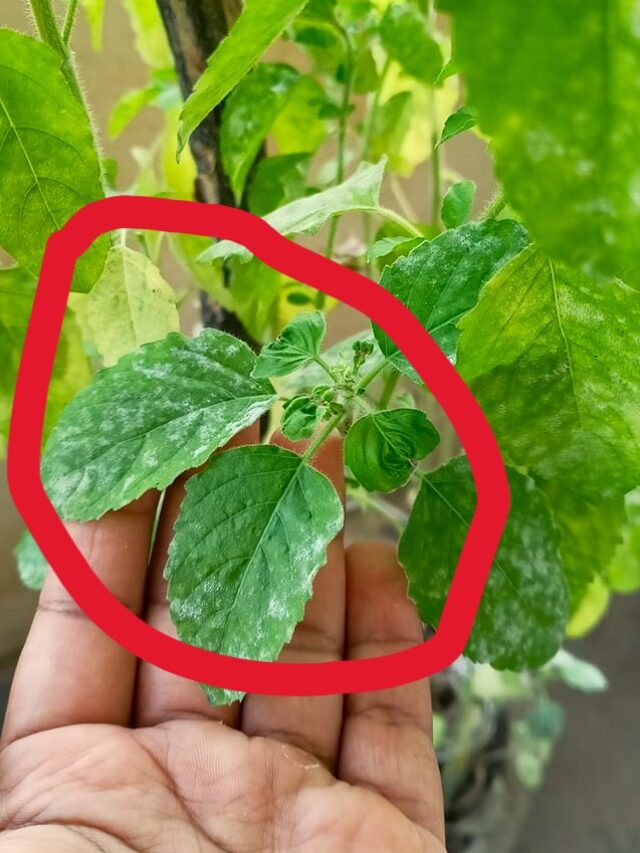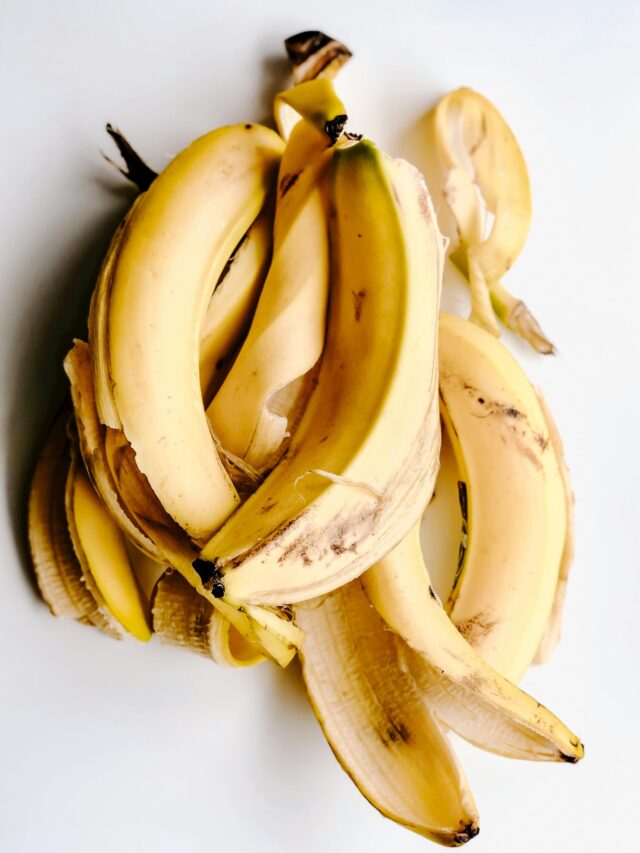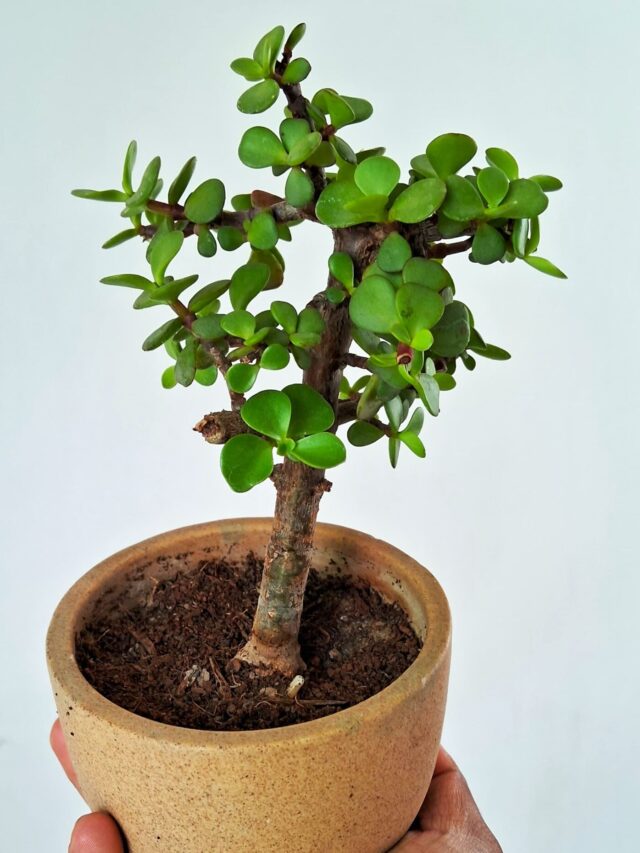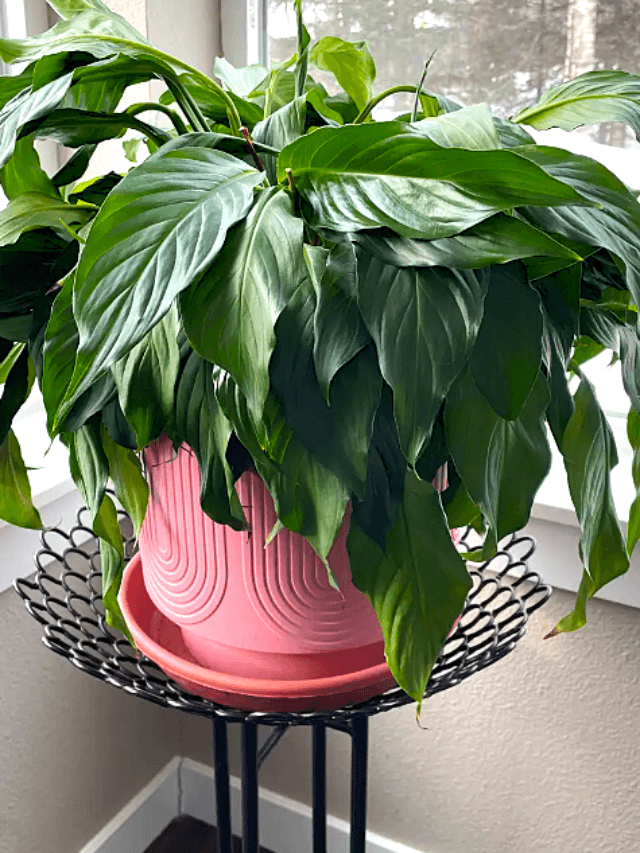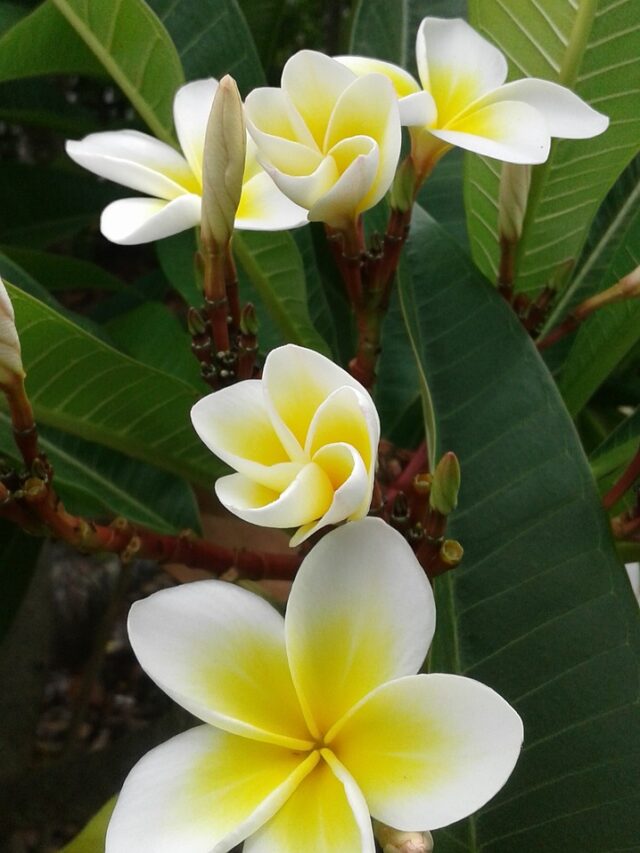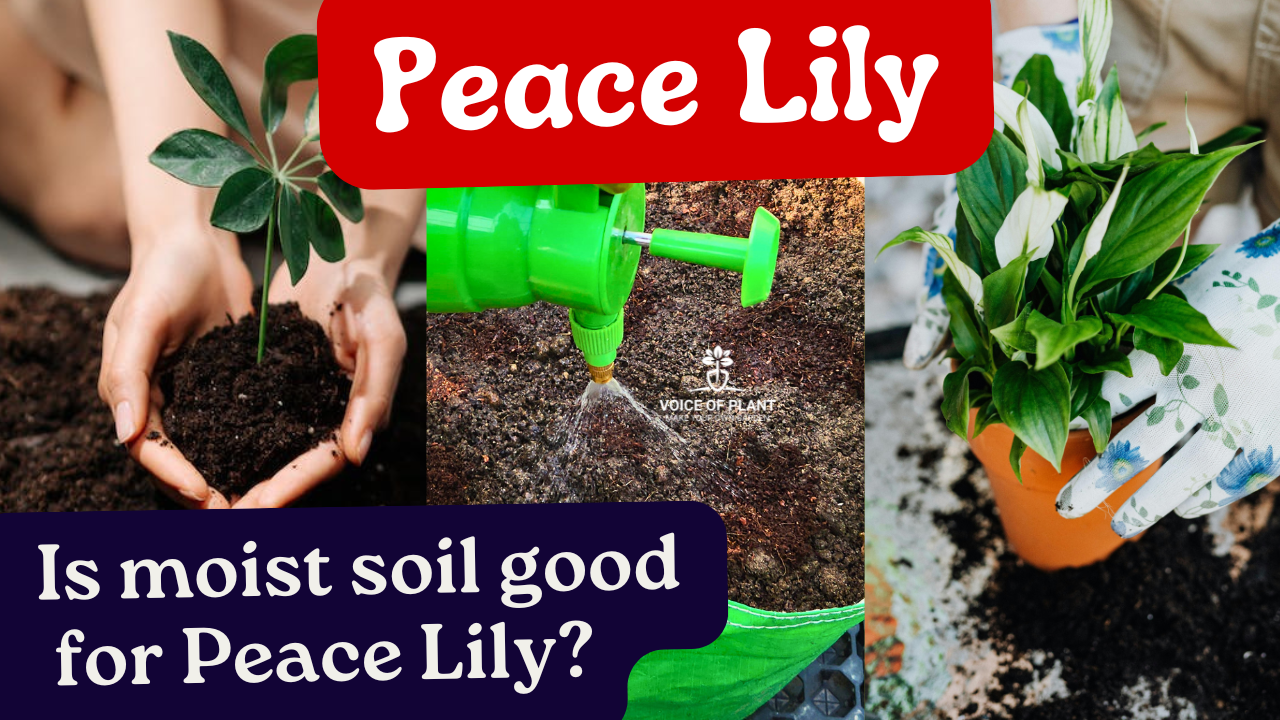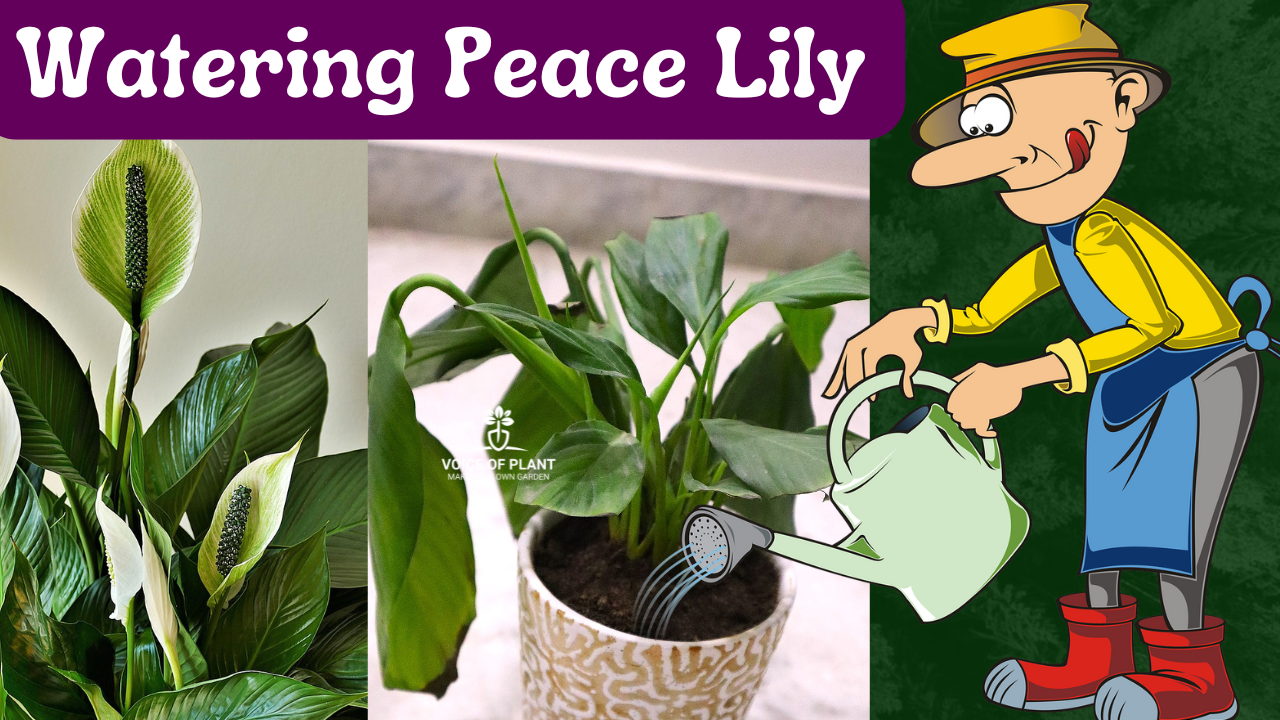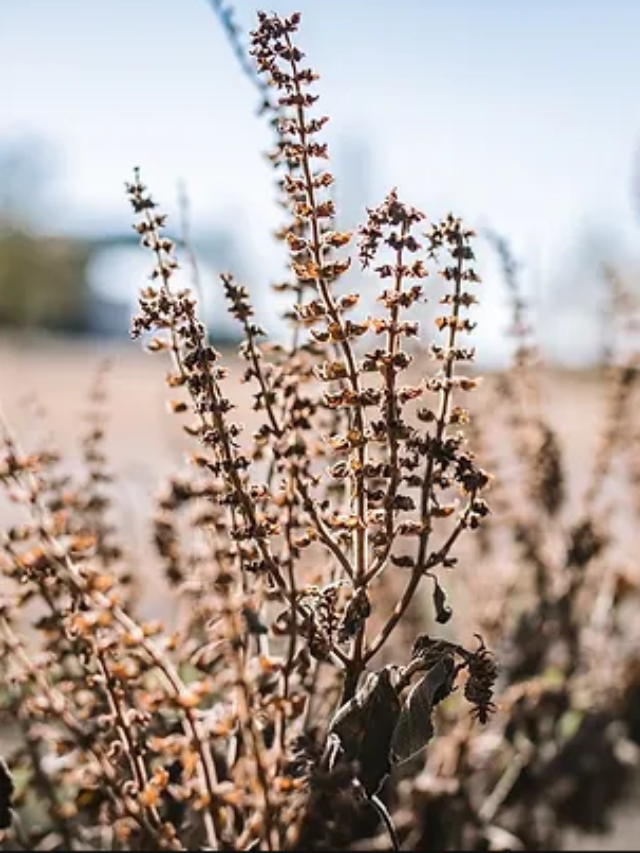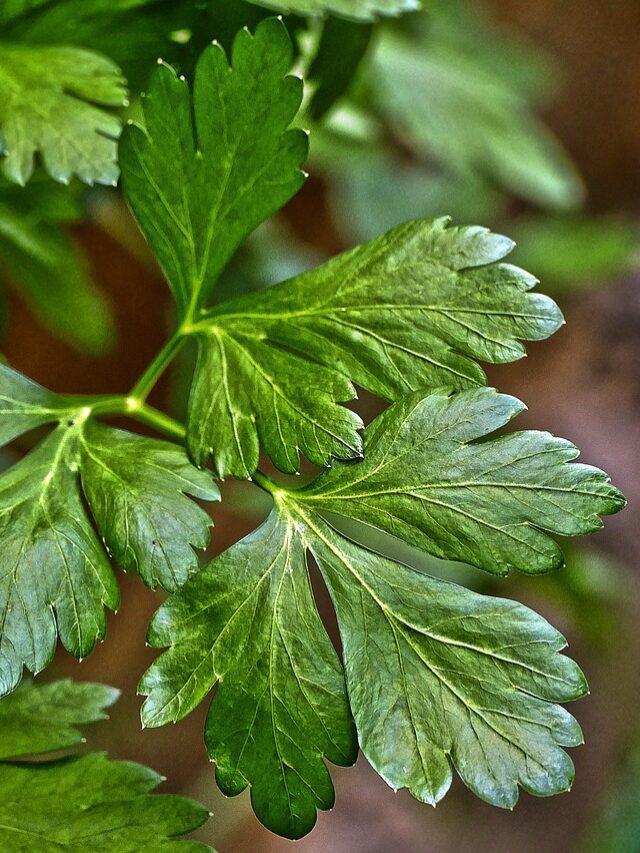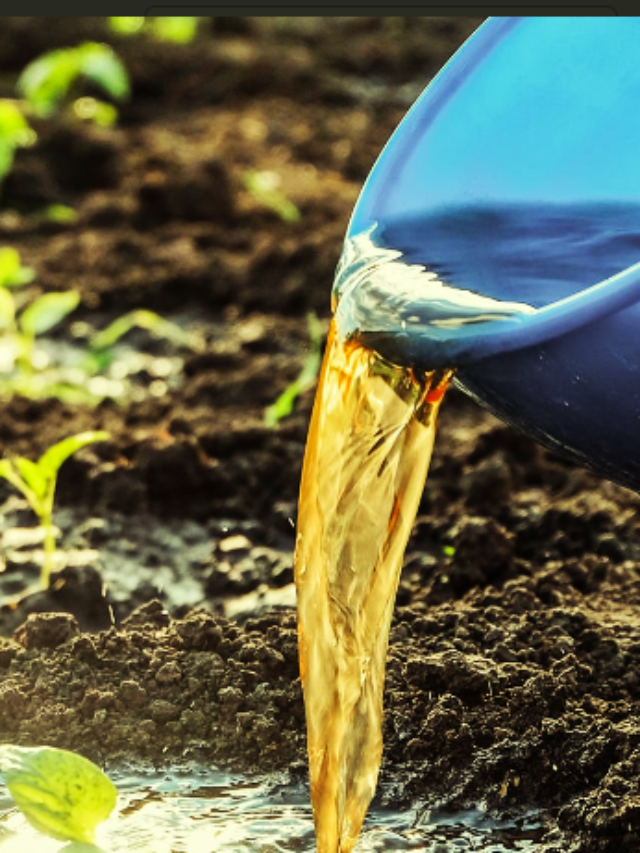5 Signs When Your Peace Lily Needs Water
Many plant lovers struggle with watering their Peace Lily—some overwater it, leading to root rot, while others underwater it, causing it to wilt. Finding the right balance is key to keeping this beautiful plant healthy.

As summer approaches, your Peace Lily will require more frequent watering to stay lush and vibrant. However, many gardeners struggle to determine the perfect time to water their plant, which can lead to either dehydration or overwatering.
In this article, we’ll reveal the clear signs your Peace Lily gives when it needs water, so you can keep it thriving with just the right amount of care. Let’s get started!
Watering Peace Lily
1. Drooping Leaves – The Most Obvious Sign
One of the first and most noticeable signs that your Peace Lily needs water is drooping leaves.
Why Do the Leaves Droop?
-
When a Peace Lily lacks water, its cells lose turgor pressure, causing the leaves to wilt and droop.
How to Fix It?
-
Give your Peace Lily a thorough watering until water drains from the bottom of the pot.
-
Within a few hours, the leaves should perk back up.
Preventing Drooping Leaves
-
Water your Peace Lily regularly before it reaches a severe wilt.
-
Use the finger test—stick your finger into the soil about 1-2 inches deep. If it feels dry, it’s time to water.
Click here to read: Best Fertilizer for Peace Lily Flowering
2. Dry & Crispy Leaf Edges
Another clear sign of dehydration is brown, crispy tips on the leaves.
What Causes Crispy Leaf Edges?
-
When a plant doesn’t get enough water, it cannot transport nutrients effectively.
-
This results in leaf desiccation (drying out), especially at the edges and tips.
How to Fix It?
-
Water the plant thoroughly and increase humidity around the plant.
-
Consider placing a humidity tray (a shallow tray filled with pebbles and water) under the plant.
-
Misting can help, but avoid excessive misting as it can cause fungal problems.
Preventing Dry Leaf Tips
-
Maintain a regular watering schedule.
-
Keep your Peace Lily in a humid environment (40-60% humidity is ideal).
3. Light & Dry Soil
A dry and compacted soil is a clear indicator that your Peace Lily needs water.
How to Check Soil Moisture?
-
Insert your finger 1-2 inches into the soil.
-
If it feels dry, the plant needs watering.
-
If it’s slightly damp, wait another day or two before checking again.
Why Dry Soil is a Problem?
-
When soil becomes too dry, the plant’s roots struggle to absorb nutrients and moisture.
-
Extended periods of dryness can cause root damage, making it harder for the plant to recover.
How to Fix It?
-
Water thoroughly until the excess drains from the bottom.
-
If the soil is extremely dry and water runs off the surface, try bottom watering (place the pot in a tray of water for 10-15 minutes to allow the soil to absorb moisture).
Preventing Dry Soil
-
Maintain a consistent watering schedule, typically once a week.
-
Use well-draining soil to prevent overwatering and underwatering issues.
4. Slow Growth & Wilting Flowers
A healthy Peace Lily grows new leaves regularly and produces beautiful white flowers. But when it’s underwatered, you may notice:
-
Stunted growth (no new leaves or slow development).
-
Wilting flowers that fade quickly.
Why Does Lack of Water Affect Growth?
-
Water is essential for transporting nutrients to different parts of the plant.
-
When the plant lacks moisture, it goes into survival mode, slowing down growth and prioritizing essential functions.
How to Revive a Wilting Peace Lily?
-
Hydrate the plant immediately with a deep watering.
-
If possible, move it to a shaded area while it recovers.
-
Trim off any severely damaged or dead flowers to encourage new growth.
Preventing Growth Issues
-
Keep your plant in indirect bright light to support healthy growth.
-
Maintain regular watering habits to avoid dehydration stress.
5. Fading Leaf Color – Turning Pale or Yellowish

A thriving Peace Lily has deep green leaves, but when the plant is stressed due to inconsistent watering, the leaves may turn:
-
Pale green (indicating nutrient deficiency).
-
Yellow (suggesting stress from watering issues).
Why Does This Happen?
-
When the plant lacks water, its ability to photosynthesize effectively decreases, leading to chlorosis (loss of green color).
-
Overwatering can also cause yellowing, so it’s crucial to diagnose the issue properly.
How to Fix Discolored Leaves?
-
Water consistently, but avoid overwatering.
-
If yellow leaves are due to underwatering, hydrate the plant and remove severely damaged leaves to promote fresh growth.
-
If overwatering is the cause, let the soil dry out slightly before watering again.
How To Save a Dying Peace Lily
With proper care, your Peace Lily will reward you with beautiful blooms and fresh, clean air in your home!
Follow our Social media channel:
1. Voice of Plant – YouTube Channel
2. Voice of Plant Facebook Page
3. Instagram Voice of Plant Channel
Happy Gardening !!

